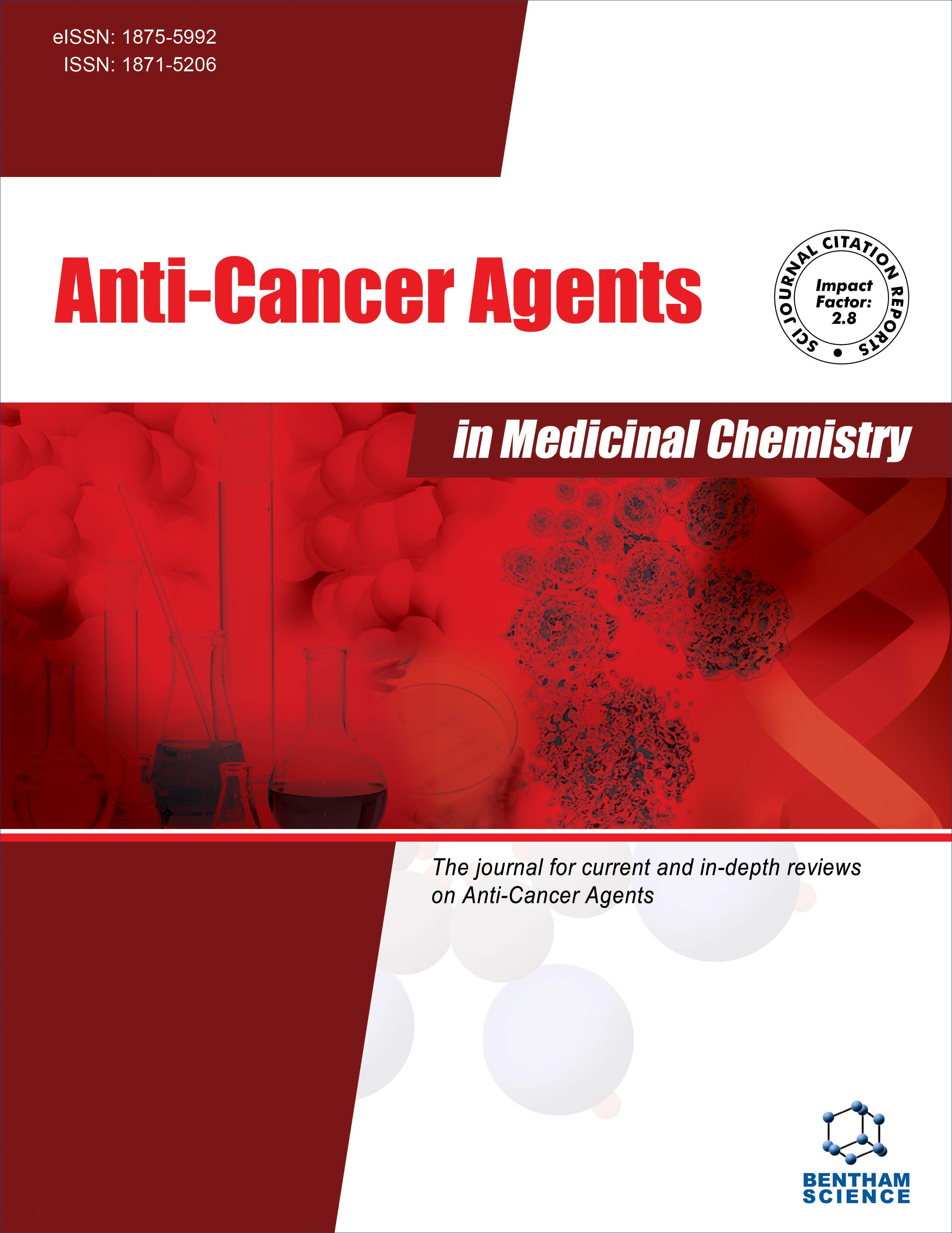
Full text loading...
Mesenchymal‒epithelial transition factor (c-Met), a receptortyrosine kinase (RTK), plays a vital role in cell proliferation, migration and invasion, and tumour metastasis.
With increasing duration of treatment, many tumours gradually develop drug resistance. Therefore, novel antitumour drugs need to be developed to treat patients with tumours. Targeting c-met inhibitors may be an effective treatment strategy.
Scientific databases such as ScienceDirect, PubMed, the Wiley Online Library, and Social Sciences Citation Index were used to collect information. All the relevant literature was reviewed, and the available literature was screened. The upstream and downstream pathways of c-Met and their relevance to antitumour effects were searched based on the articles' title, abstract, and full text. The c-Met-targeting drugs with antitumour effects are summarized below. A “citation within a citation” or snowballing approach was used in this screening process to identify additional papers that may have been missed in the initial literature screening process. High-quality studies published in peer-reviewed journals were summarized and prioritized for citation in the review.
In recent years, research on small-molecule targeted drugs has developed rapidly. Many results have also been achieved in the synthesis and isolation of c-Met inhibitors from natural compounds and traditional Chinese medicines.
This article summarizes the developments in anti-c-Met drugs, which are synthesized and isolated from natural compounds and traditional Chinese medicine (TCM). This study provides primary resources for the development of c-Met inhibitors.

Article metrics loading...

Full text loading...
References


Data & Media loading...

